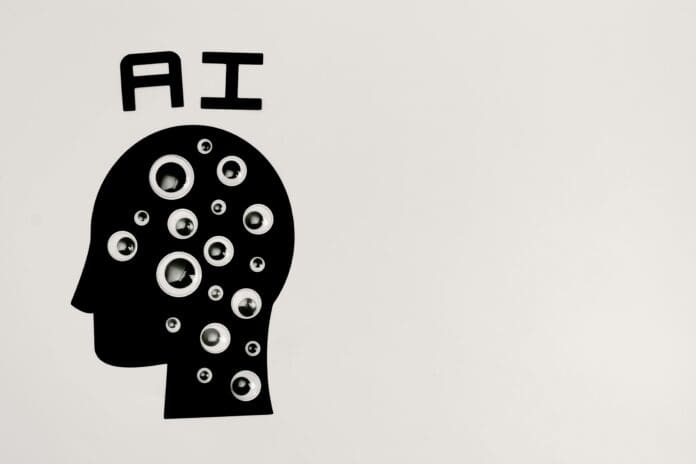This post is also available in:
 עברית (Hebrew)
עברית (Hebrew)
AI is quickly becoming a more and more central tool in our everyday lives, and the environmental cost of this fact is a widely-reported issue. Recently, researchers have developed a new method aimed at improving the sustainability of artificial intelligence (AI) by accurately predicting the computational and energy costs of updating deep learning models. The innovative approach, known as the REpresentation Shift QUantifying Estimator (RESQUE), helps AI practitioners estimate the resources required to retrain or modify existing models, making it easier to plan updates without unnecessary waste.
According to TechXplore, Jung-Eun Kim, the assistant professor of computer science at North Carolina State University who led the study, emphasizes that AI models often need to be updated multiple times throughout their life cycle, whether due to task changes or shifts in the data they process. These updates, while essential, can be costly in terms of computation and energy consumption. However, retraining an existing model is significantly more resource-efficient than creating a new one from scratch. By predicting the costs of such updates in advance, RESQUE enables more informed decisions about when and how to perform them.
The RESQUE method works by comparing the original dataset of the model with the new data it will be updated to. This comparison helps estimate the computational and energy demands of the update. The predicted costs are then presented as a single index, which includes various metrics such as epochs, parameter changes, gradient norms, energy usage in kilowatt-hours, and associated carbon emissions in kilograms. These predictions are invaluable for AI users who need to budget resources effectively and manage the sustainability of their models.
Through extensive testing with different datasets and conditions, the researchers found that RESQUE’s predictions closely matched real-world costs. The tool not only helps users plan updates but also supports the long-term sustainability of AI systems by offering deeper insights into the overall costs associated with their lifecycle.
This work, which will be presented at the 39th AAAI Conference in February 2025, provides a practical solution for AI developers who want to reduce the environmental impact and computational overhead of keeping models up to date.


























